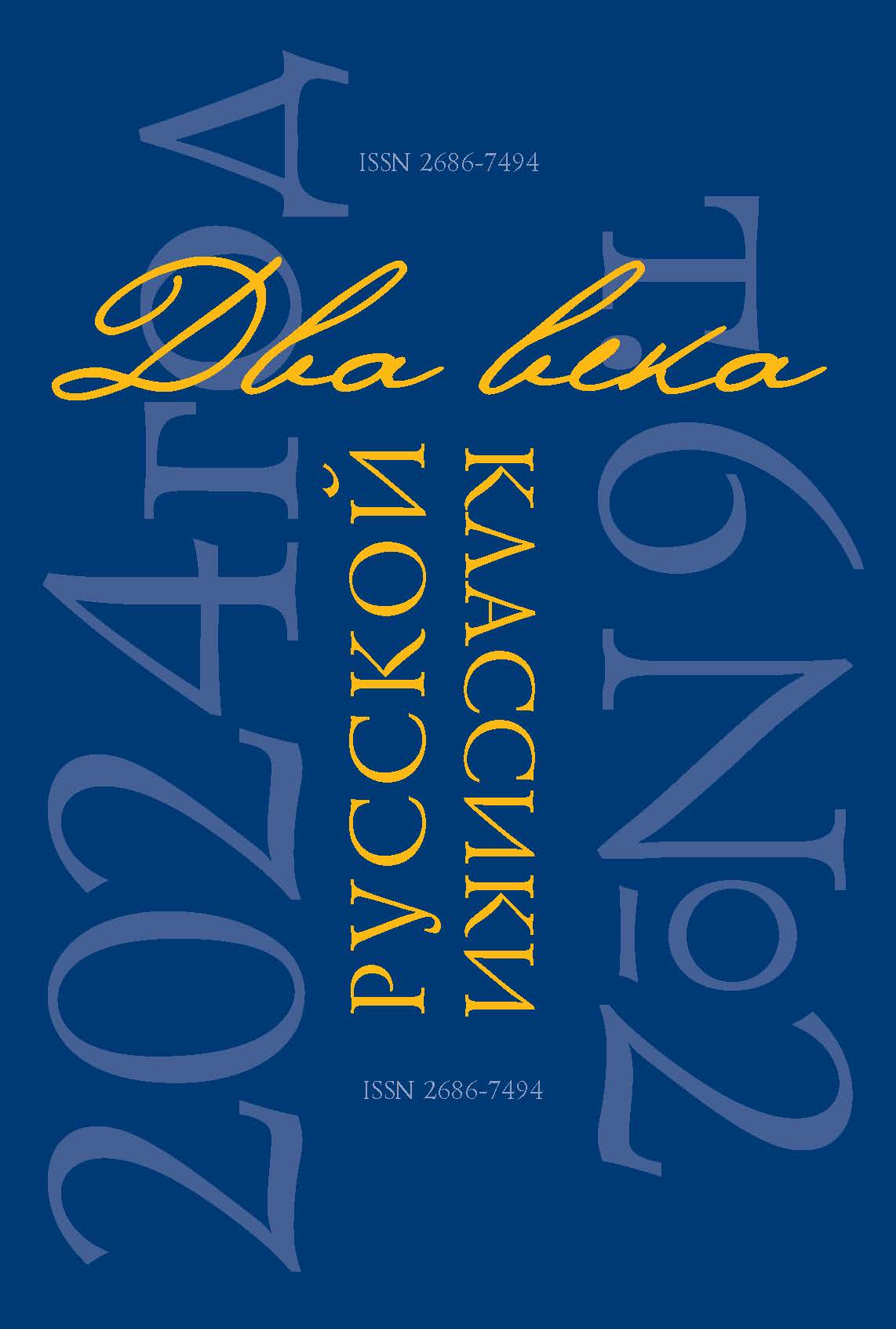Acknowledgments:
The study was supported by the Russian Foundation for Basic Research (RFBR), number 19-012-00292 A “N. M. Karamzin and his entourage”.
Abstract:
The article examines the forms and methods of manifestation of Karamzin’s civic position. The novelty of the approach lies in the fact that the stated problem is considered in the context of the literary evolution of the writer, in chronological sequence, as well as in the aspect of addressing. The author analyzes odes dedicated to Russian rulers, “Historical praise to Catherine II”, historical essays, journalistic articles by Karamzin, “History of the Russian state”, a note “On ancient and new Russia...”, “Opinion of a Russian citizen”, as well as the historiographer’s direct oral and written appeals to Emperor Alexander (conversations with him, letters to him). In the course of the study, the image of the Russian historian-citizen, proclaimer of truth, a wise mentor, who appears as an intermediary between the people and the government, indicates to the monarch and compatriots specific directions and methods of activity, is revealed. That makes obvious Karamzin’s transition from mythologizing Russian rulers in the genre of ode and “Historical Praise to Catherine” to documentary substantiation and rigor in their assessment, to direct instructions to the tsar in the note “On Ancient and New Russia...”, in the “Opinion of a Russian Citizen” and, finally, to the eloquent silence.
References
Lotman, Yu. M. “Poeziya Karamzina” [“Poetry of Karamzin”]. Karamzin, N. M. Polnoe sobranie stihotvoreniy [Complete Poems]. Moscow, Leningrad, Sovetskii pisatel’ Publ., 1966, pp. 5−52. (In Russ.)
Lyzhin, N. “Al’bom N. M. Karamzina” [“N. M. Karamzin’s Album”]. Letopisi russkoi literatury i drevnosti [Chronicles of Russian Literature and Antiquity], book 2. Moscow, Tipografiia Gracheva i kompanii Publ., 1858, pp. 161−192. (In Russ.)
Sapchenko, L. A. “‘Dar iskrennei liubvi…’ (Neizdannyi al’bom N. M. Karamzina)” [“‘A Gift of True Love...’ (N. M. Karamzin’s Unpublished Album)”]. Literaturnyi fakt, no. 2 (12), 2019, pp. 8−57. https://doi.org/10.22455/2541-8297-2019-12-8-57 (In Russ.)









